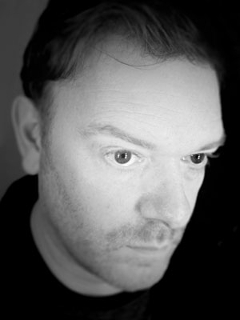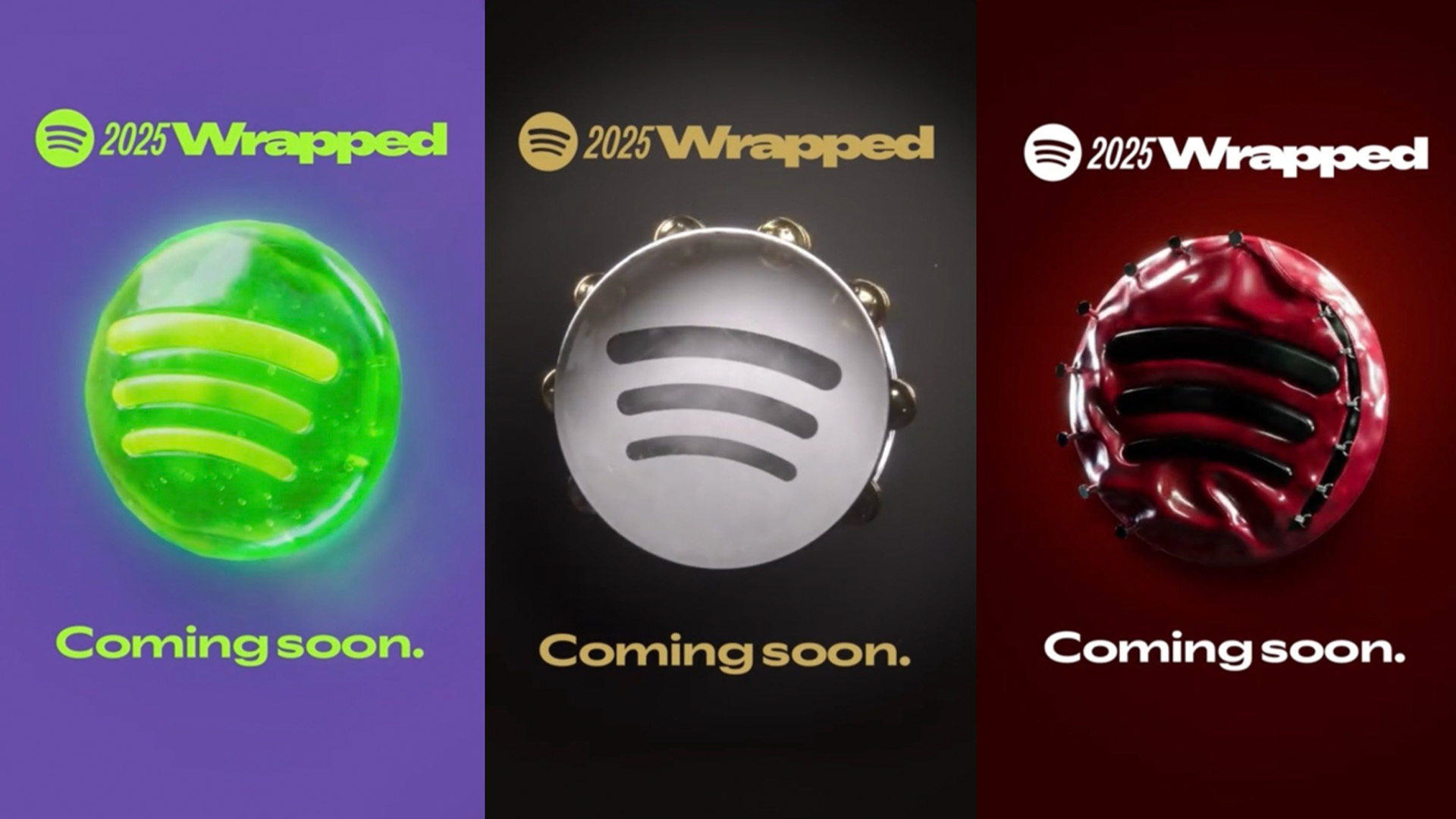Build a job-winning design portfolio
Perfect portfolios? According to graphic designer Jon Forss, one-half of prolific design studio Non-Format, the best structure is “akin to a set of sharp teeth”…
Non-Format don’t hire other designers, but they do regularly work with freelance web designers, photographers and image-makers – as with the studio’s recent music packaging for Seftel’s self-titled debut album (pictured). Non-Format provided the art direction, custom typography and overall design of the project, while Ekta produced the images.
Graphic designer Jon Forss is one-half of the creative duo. We asked him what he looks for in a professional print portfolio…
Computer Arts: What should be included in a print portfolio? How much? What format should it take: do you like simple, well-made folios, or something a bit different?

Jon Forss: Given that most of my work viewing is done on screen, I think an actual print portfolio should showcase examples of work that really benefit from being seen in the flesh. Being able to see actual examples of print that demonstrate paper choices and special print techniques is going to be far more interesting than print-outs of the kinds of images I could
just as easily see online.
One trap young designers need to be wary of is the notion that design firms will only want to see finished, polished projects, rather than any of the preliminary sketches and working versions. I believe creative directors and art directors are as interested in catching a glimpse of the inner workings of a young designer’s mind as they are in the final results of any creative endeavour.
Show developmental stages. Show the versions that didn't work, and explain why you abandoned them and moved on to something better. This reveals far more to a potential employer than a set of pristine shots of a finished project. Keep it raw. Show your passion.
CA: Would an exceptional design portfolio alone be enough for you to employ someone, or is it just one piece of the puzzle?
JF: For one single project, the work is enough. For an internship or more permanent position, personality, attitude and knowledge are going to come into it, for sure. We don't hire full-time – or even part-time – designers, but if we did decide we wanted to take on a designer for a more full-time basis, I'm pretty sure I'd be sorting out a few face-to-face meetings.
Daily design news, reviews, how-tos and more, as picked by the editors.
CA: What advice would you give for putting together a cracking portfolio?
JF: I think it's important to create a U-shaped portfolio. By that I mean, put your very best projects at the beginning and at the end. Start strong and go out with a bang. It's pretty obvious really, but you wouldn't believe the number of folios I've seen that forget this golden rule.
Having said that, I believe there's a strong argument for the W-shaped folio, which makes sure there's some good stuff in the middle. But, in the end, perhaps the best structure is more akin to a set of sharp teeth. A more fitting metaphor I cannot imagine.
If you're putting together your design portfolio now, don’t miss The Portfolio Handbook. Packed full of pro portfolio tips, tricks and advice, it's your defintive guide to presenting your work with impact – on sale now. You’ll find the print version here, and the digital edition on Apple Newsstand (UK edition or US edition).


The Creative Bloq team is made up of a group of art and design enthusiasts, and has changed and evolved since Creative Bloq began back in 2012. The current website team consists of eight full-time members of staff: Editor Georgia Coggan, Deputy Editor Rosie Hilder, Ecommerce Editor Beren Neale, Senior News Editor Daniel Piper, Editor, Digital Art and 3D Ian Dean, Tech Reviews Editor Erlingur Einarsson, Ecommerce Writer Beth Nicholls and Staff Writer Natalie Fear, as well as a roster of freelancers from around the world. The ImagineFX magazine team also pitch in, ensuring that content from leading digital art publication ImagineFX is represented on Creative Bloq.
